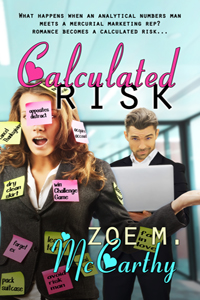“Perhaps the greatest psychological, spiritual, and medical need that all people have is the need for hope.” — Billy Graham
When you hear a song, view a painting, or read a story don’t you want to be moved? Don’t you want your experience to be worthwhile—to understand a new truth about life or have one confirmed? Receive an ah-ha that changes your life for the better? Isn’t that part of the entertainment you expect?
Let’s look at the three elements a creative work must have to stir hope and renewal.
3 Elements to Stir Hope and Renewal
1. The Creative Work Must Give a Hint of a Basic Need.
In one of my mom’s paintings, a fisherman, dressed in a muted yellow rain slicker and boots, stands in a river, his fishing pole extended. The glassy water reflects a sunless sky. Gray stone buildings stand tall and sturdy on one bank. Down the river a brown bridge constructed of brick arches spans the river.
The possible needs hinted are:
- Food source
- Protection from the weather
- Sturdy shelter
- Rain for the earth
- A way to cross the river
- Solitude to renew one’s spirit
These needs draw me into the picture. I want to go inside the buildings and hope a fire blazes against the damp day. I hope and want to see the fisherman catch a fish to take home. I want to walk across the bridge and look down into the water.
2. The Creative Work Must Give Glimpses of Good and of Hope
In the story I’m writing, a young woman has put herself in a predicament because of her reaction to a deep hurt she’s experienced. Among all the obstacles and setbacks to overcome her mess, I show glimpses of how she can heal and become whole again, even if at some points she’s not ready yet to make the right choices.
The painting of the fisherman gives a glimpse he can provide food for his family. His slicker and boots keep him dry. He may be renewing his spirit in his solitude. God has provided rain for the nourishment of his surroundings.
3. The Creative Work Must Satisfy Within the Realm of Reality
The painting didn’t show the fisherman catching a fish, but we know it’s possible, and that’s satisfying. The day is overcast, but we know the earth needs rain and the sun will shine again.
A story may have an unhappy ending. But if the choices the main character makes shows the ending is the only one likely without a miracle, the ending can be satisfying to most people. Such a story may move readers to make better decisions or raise their children to make good choices.
Personally, I prefer a story that shows us how the character overcomes obstacles and gives us ways to improve others’ and our lives. For me, the overcoming includes a growing faith and trust in God.
A creative work can renew us when it shows a need, glimpses of what is good in relation to the need, and leaves us with a measure of realistic hope and renewal.
What have you seen in a creative work that was behind the hope and renewal you experienced?
















 RSS - Posts
RSS - Posts